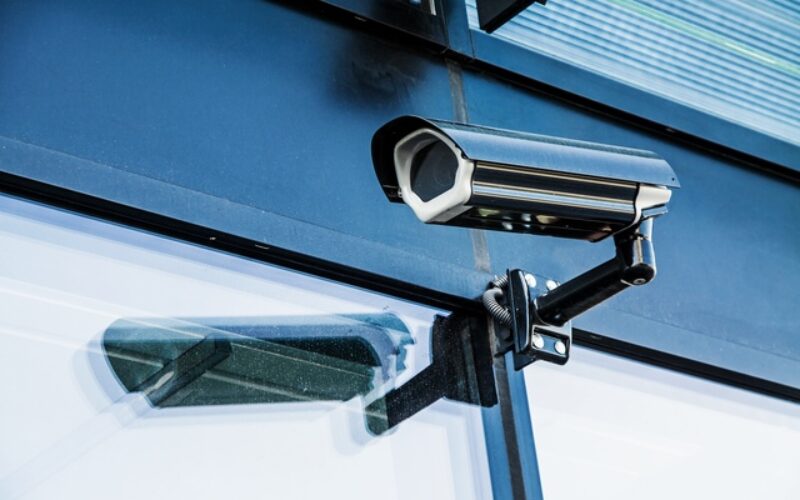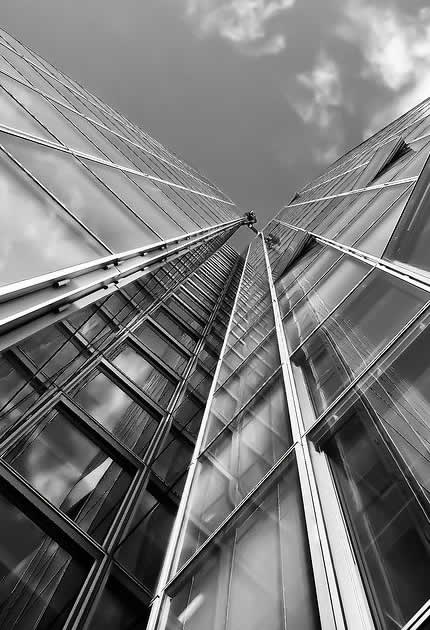Ensuring the physical safety of your store, restaurant, office, or other physical location not only protects assets but also builds customer trust and assures the safety of both employees and clients.
If you’re looking for actionable advice to improve physical security at your business, we have you covered. Below, you’ll find practical tips to help safeguard your premises and reduce vulnerabilities.
Conduct a Comprehensive Risk Assessment
The first step in improving physical security at your business is identifying the areas that require attention. Conduct a thorough risk assessment to evaluate existing security measures and identify potential vulnerabilities.
Walk through every corner of your facility, examining entry and exit points, employee-only spaces, safes, and customer-facing areas. Look for gaps that could be exploited, such as outdated locks, poor lighting, or blind spots in your surveillance coverage.
Use this assessment to create a detailed report outlining risks and prioritizing improvements based on urgency and impact. Risk assessments should be carried out annually to stay proactive against emerging threats.
Invest in Access Control With an Automatic Gate System
Securing your property begins with controlling who can enter the premises. An automatic gate system is a highly effective measure to restrict unauthorized access. These systems allow you to maintain control over entry points.
You can secure employee-only areas by requiring authentication, such as swipe cards, key fobs, or biometric scans. For public entrances, gates with timers allow for easy access during business hours while securing the premises after hours.
Regularly Update Software and Hardware
Outdated technology can create vulnerabilities that compromise your company’s security, so it’s essential to keep both software and hardware up to date. Install regular updates for every piece of software you use, including access control and surveillance systems.
Regularly inspect, repair, and replace hardware—such as security cameras, card readers, and alarms—to keep them functioning optimally.
Maintain Video Surveillance Processes
Installing security cameras is not enough if you’re not maintaining and monitoring them consistently. Video surveillance is key to deterring criminal activity and gathering evidence in case of incidents.
Place cameras strategically to cover all high-risk areas, including entrances, safes, parking lots, and employee areas. Ensure that every camera is operational around the clock, record footage in high resolution, and store data securely for an adequate retention period based on legal requirements.
Assign teams or outsource third-party security operators to track live feeds.
Foster a Security-Conscious Culture
Improving the physical security of your business is not just about systems and plans—it’s about the mindset of everyone in your organization. Fostering a culture of awareness and vigilance can make all the difference in preventing breaches and lapses in protocol.
Encourage employees to take accountability for keeping the workplace secure, whether by consistently locking doors, reporting suspicious activity, or following best practices with confidential information. Host monthly discussions or share internal newsletters highlighting the importance of security measures.
Celebrate team successes when potential threats have been appropriately identified or prevented, reinforcing positive behavior and engagement in security practices.
Image credentials: by pab_map, 92880332
end of post … please share it!
end of post idea for home improvement
view and analyze home improvement ideas at our LetsRenovate center
Helpful article? Leave us a quick comment below.
And please give this article a rating and/or share it within your social networks.












